Cost of SIPs home in Alabama
Jimexcelcs
9 years ago
Featured Answer
Sort by:Oldest
Comments (18)
User
9 years agoRelated Professionals
Madison Heights Architects & Building Designers · Schofield Barracks Design-Build Firms · North Bellport Home Builders · North Ridgeville Home Builders · Murraysville General Contractors · Cape Girardeau General Contractors · Del Aire General Contractors · Hampton General Contractors · Kemp Mill General Contractors · Mashpee General Contractors · Mount Vernon General Contractors · Nashua General Contractors · New River General Contractors · Poquoson General Contractors · River Edge General Contractorsdekeoboe
9 years agorobin0919
9 years agorobin0919
9 years agoenergy_rater_la
9 years agorobin0919
9 years agodavid_cary
9 years agodekeoboe
9 years agoGreenDesigns
9 years agoreinitodepiedra
9 years agoBrianKnight
9 years agoJimexcelcs
9 years agodavid_cary
9 years agoBrianKnight
9 years agoKathy Harrington
9 years agodavid_cary
9 years agoBrianKnight
9 years ago
Related Stories
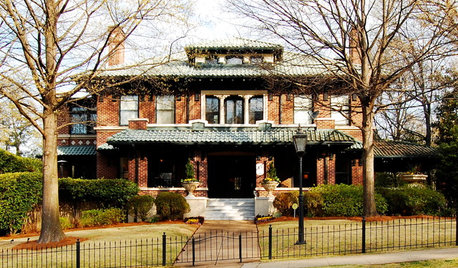
ARCHITECTUREStates of Style: Alabama’s Icons Leave Their Mark
In the first of a new series, discover the natural beauty, the architectural icons and some of our favorite homes deep in the heart of Dixie
Full Story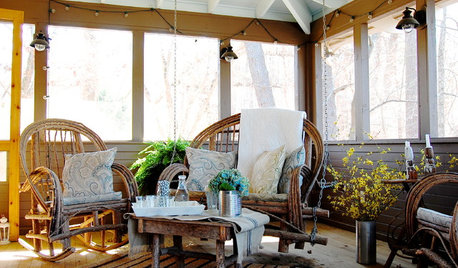
HOUZZ TOURSMy Houzz: Rustic Charm on a Summer Campsite in Alabama
Farmhouse touches mix with antiques and locally crafted pieces for a home that reflects its woodsy surroundings
Full Story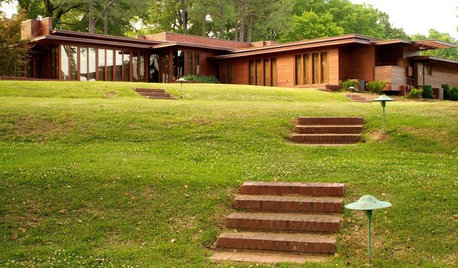
HISTORIC HOMESWright Sized in Alabama: The Rosenbaum House
Get lessons in Usonian living from the design and evolution of a historic Frank Lloyd Wright home
Full Story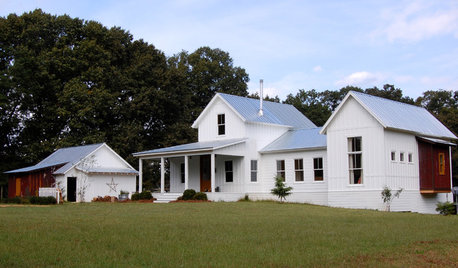
COLORFUL HOMESMy Houzz: Colorful and Clever DIY Touches Fill an Alabama Farmhouse
Antiques, repurposed items and a whole lotta hard work give a family home cheery, personable style
Full Story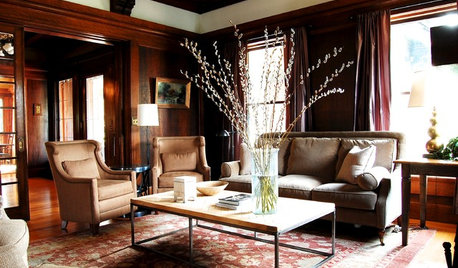
TRADITIONAL HOMESMy Houzz: Historical Richness for a Stately Alabama Home
Original details and expertly crafted features charm in this handsome century-old Birmingham home
Full Story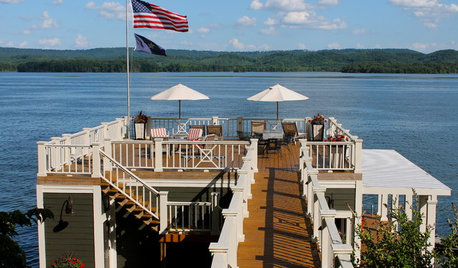
HOUZZ TOURSMy Houzz: Cozy Alabama Lake Retreat
Antiques, travel treasures and rich colors warm up an interior designer's summer home on Alabama's Lake Guntersville
Full Story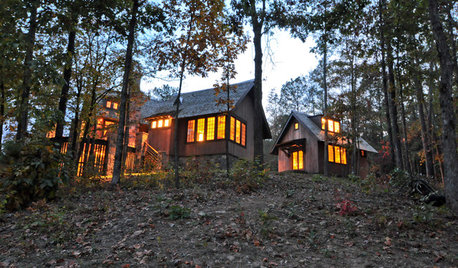
HOUZZ TOURSHouzz Tour: Adirondack Camp Inspiration on an Alabama Lake
Separate structures create a summer camp feel and capture the best views in this woodsy retreat for a grandfather
Full Story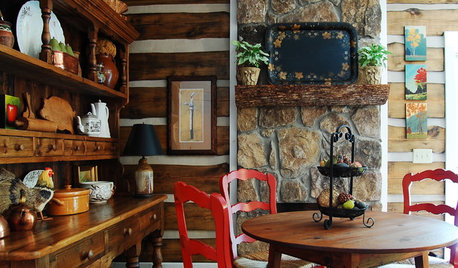
RUSTIC STYLEMy Houzz: A Rustic Log Cabin Charms in the Mountains of Alabama
An open layout, log walls and styled antiques create a comfortable, inviting getaway to share with friends and family
Full Story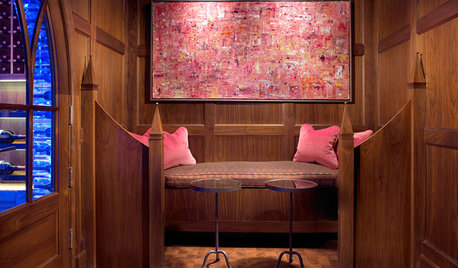
MORE ROOMSGreat Space: A Plush Nook for Sipping Wine
Visit a neo-Gothic alcove made for curling up with blanket, book and glass of wine
Full StoryMore Discussions






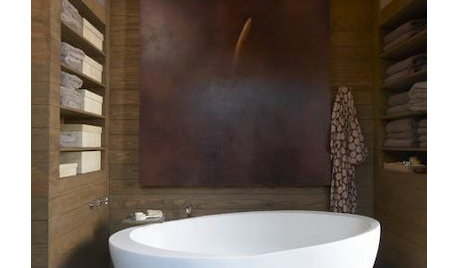




bronco33